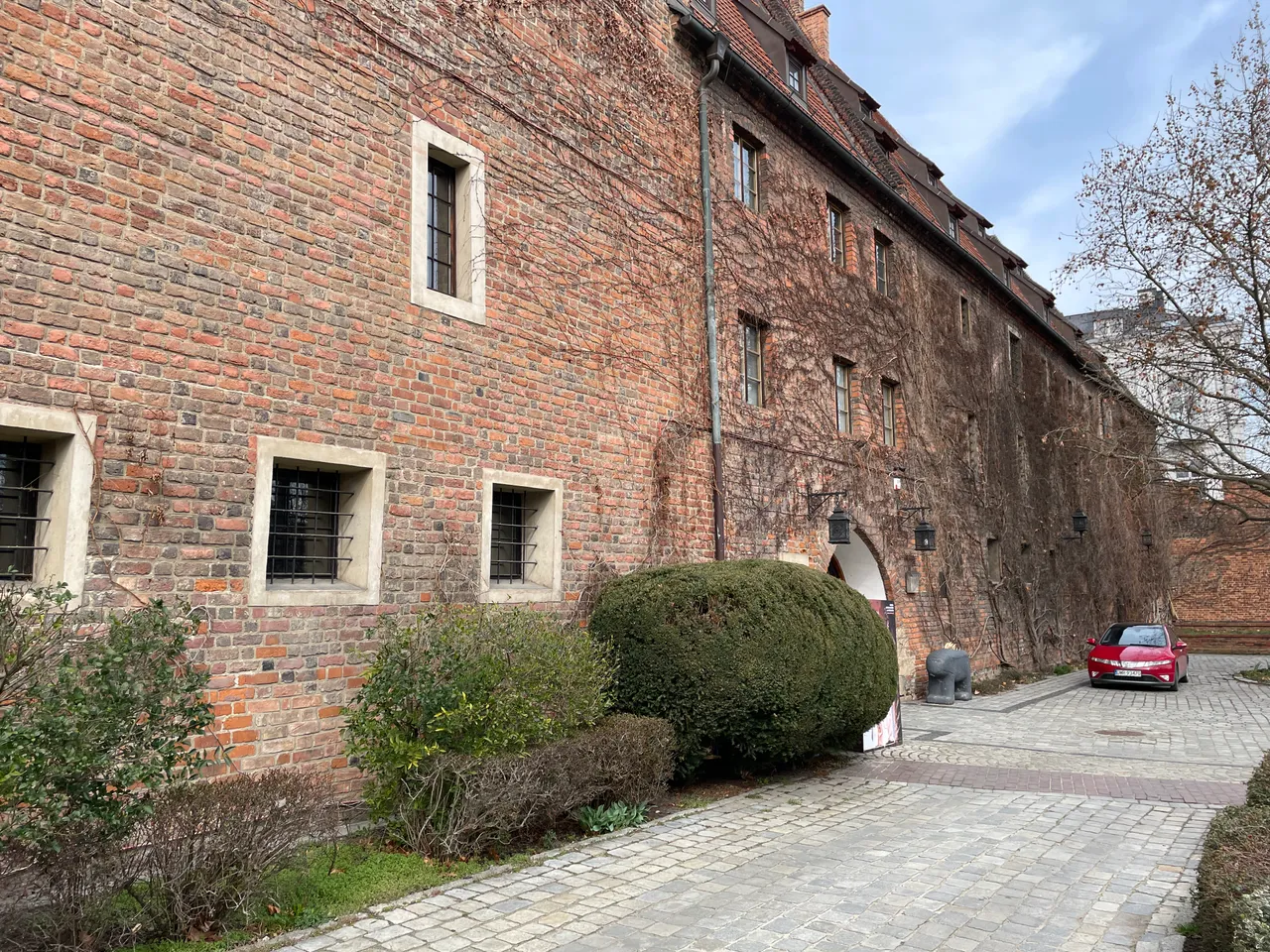Aside from exploring the city and its cultural scene (which I will cover in a future post) and indulging in some local Wrocławian beers and culinary specials, we also wanted to visit at least one of the museums. We ended up checking out two, but I'll focus on the Museum of Archaeology in Wrocław - or Muzeum Archeologiczne we Wrocławiu - in this post. While it may be less known among the general public, the museum is respected among academics. Founded in 1815, it's one of the oldest institutions of this kind worldwide. It's worth noting that Wrocław was a part of Prussia back then and was inhabited by German speakers, so it's no surprise that the museum's founding father was Johann Gustav Gottlieb Büsching, a Berlin-born professor of archaeology at the University of Breslau - which, by the way, is the German name for Wrocław.
Kromě klasického městského turismu, trochy těch kulturních aktivit (o kterých se ještě rozepíšu) a ochutnávek piv a místní kuchyně jsme chtěli navštívit alespoň jedno muzeum. Nakonec jsme byli ve dvou, ale dneska se rozepíšu o Archeologickém muzeu ve Wroclawi. Široké veřejnosti asi není příliš známé, ale mezi odbornou veřejností se prý těší velmi dobré pověsti. Založeno bylo už v roce 1815, což z něj dělá jedno z nejstarších muzeí tohoto zaměření na světě. Za zmínku stojí, že před dvěma sty lety byla Wroclaw pruským městem a mluvilo se v ní hlavně německy. Takže nepřekvapí, že muzeum založil rodák z Berlína, Johann Gustav Gottlieb Büsching. Toho času profesor archeologie na Breslavské universitě. A jak už tu zaznělo v komentářích pod jedním z minulých článků, Breslau je německé jméno Wroclawi.
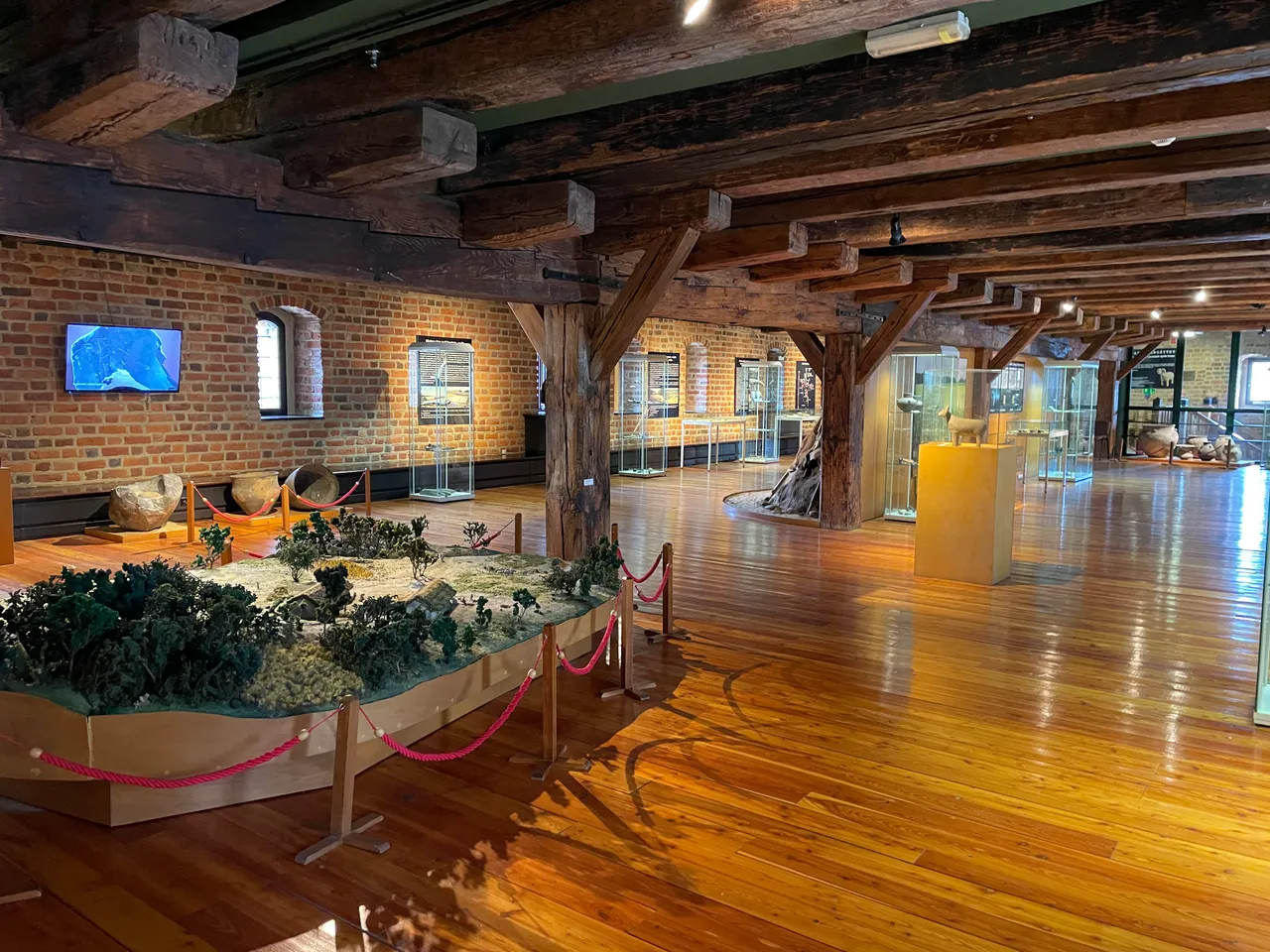
Today, the Museum of Archaeology in Wrocław is a branch of the National Museum in Wrocław. Unfortunately, its buildings and some of the collections were heavily damaged during the siege of Breslau in the final days of World War II. Despite this setback, the museum has persevered. The main exposition spans three stories, with the top floor focused on prehistoric history. Specifically, the exhibit covers the Stone Age and Bronze Age settlements in Silesia and the surrounding areas of Wrocław. It's a fascinating look into regional history and provides valuable insight into the lives of those who lived there two to four thousand years ago.
Archeologické muzeum dnes patří pod Národní muzeum ve Wroclavi. Jeho budova i některé sbírky byly bohužel těžce poškozeny během bitvy o Wroclaw na konci druhé světové války, navzdory tomu se ale muzeum podařilo zachránit. Stálá expozice je na třech patrech a je seřazená chronologicky. Horní patro je věnováno prehistorii, době kamenné a bronzové. Expozice mapuje osídlení Slezska a Wroclawi a nabízí pestrou paletu artefaktů starých dva až čtyři tisíce let.

Personally, I found the lower two floors of the museum to be more enjoyable, as they focused on more recent artifacts. The second floor was dedicated to pre-Christian settlements of the Celtic and Slavic tribes in Silesia and Wrocław, featuring a reconstructed contemporary hut. As the history of Silesia and Bohemia are closely connected, I was able to gain a good understanding of the regional history and even translate some of the info-stands for my girlfriend. Although there were no English translations available, Polish and Czech are similar enough for me to understand most of the signs and descriptions.
Mně osobně ale bavily další dvě patra víc, jsou věnována mladší historii. Na prostředním najdete předkřesťanské artefakty keltských a slovanských kmenů, které obývaly Slezsko. Včetně rekonstrukce dobové chýše. Dějiny Slezska a Čech jsou celkem propojené a polština není od češtiny příliš vzdálená, takže jsem T. mohl překládat informace z tabulí a popisků. Anglické překlady totiž k dispozici nejsou.
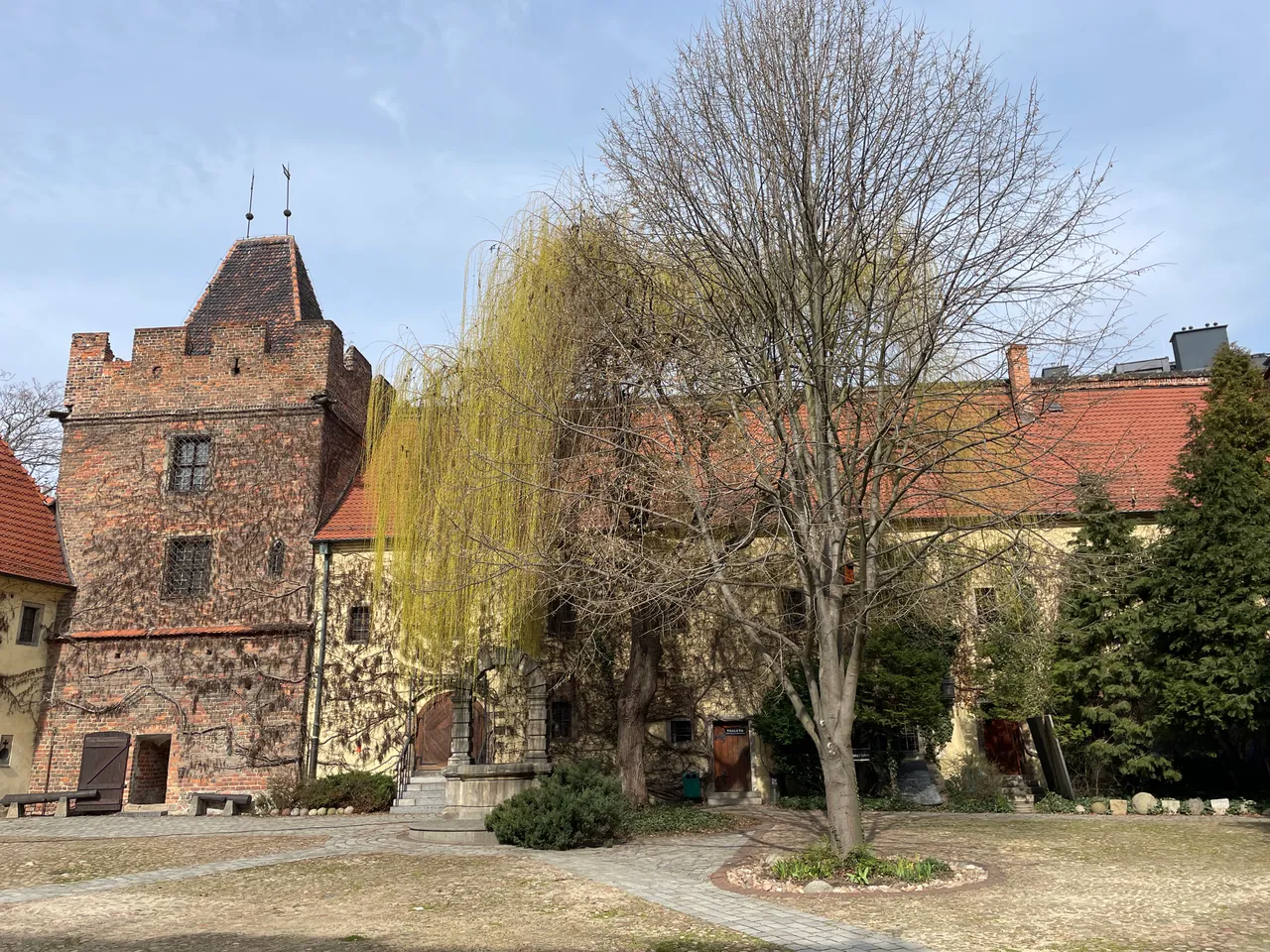
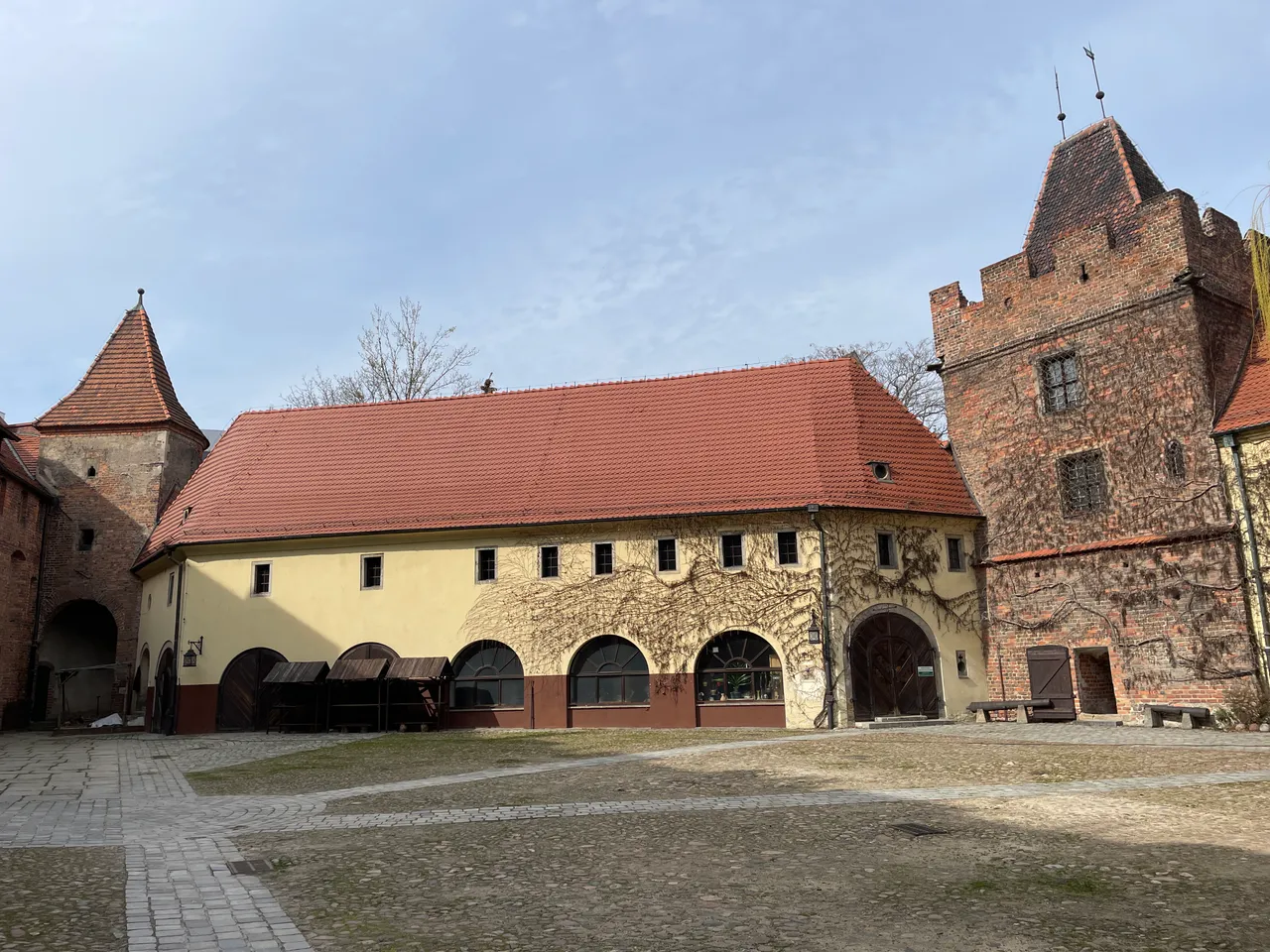
The inner courtyard had a medieval feeling, reminiscent of castles or fortresses. It seems to be an excellent spot to relax, read, or even study. What's more, you don't even need to pay the entrance fee if you only want to access the courtyard. Speaking of fees, the museum is remarkably affordable, with adult tickets priced at a mere 15 Polish Zloty (approximately $3.5 or €3.2). The courtyard hosts events from time to time, such as charcoal burning or bronze-smithing historical demonstrations.
Dvůr muzea má středověký nádech, připomíná nádvoří hradu nebo tvrze. Vypadá jako fajn místo na relax, četbu nebo i studium, tím spíše, že pro vstup na něj nepotřebujete lístek. A když jsme u toho, muzeum je velmi levné, dospělá vstupenka stojí jen 15 zlotých, což je asi 75 korun. Ale zpátky na dvůr - čas od času se na něm konají ukázky historických prací, třeba výroby uhlí v milířích nebo odlévání bronzu.
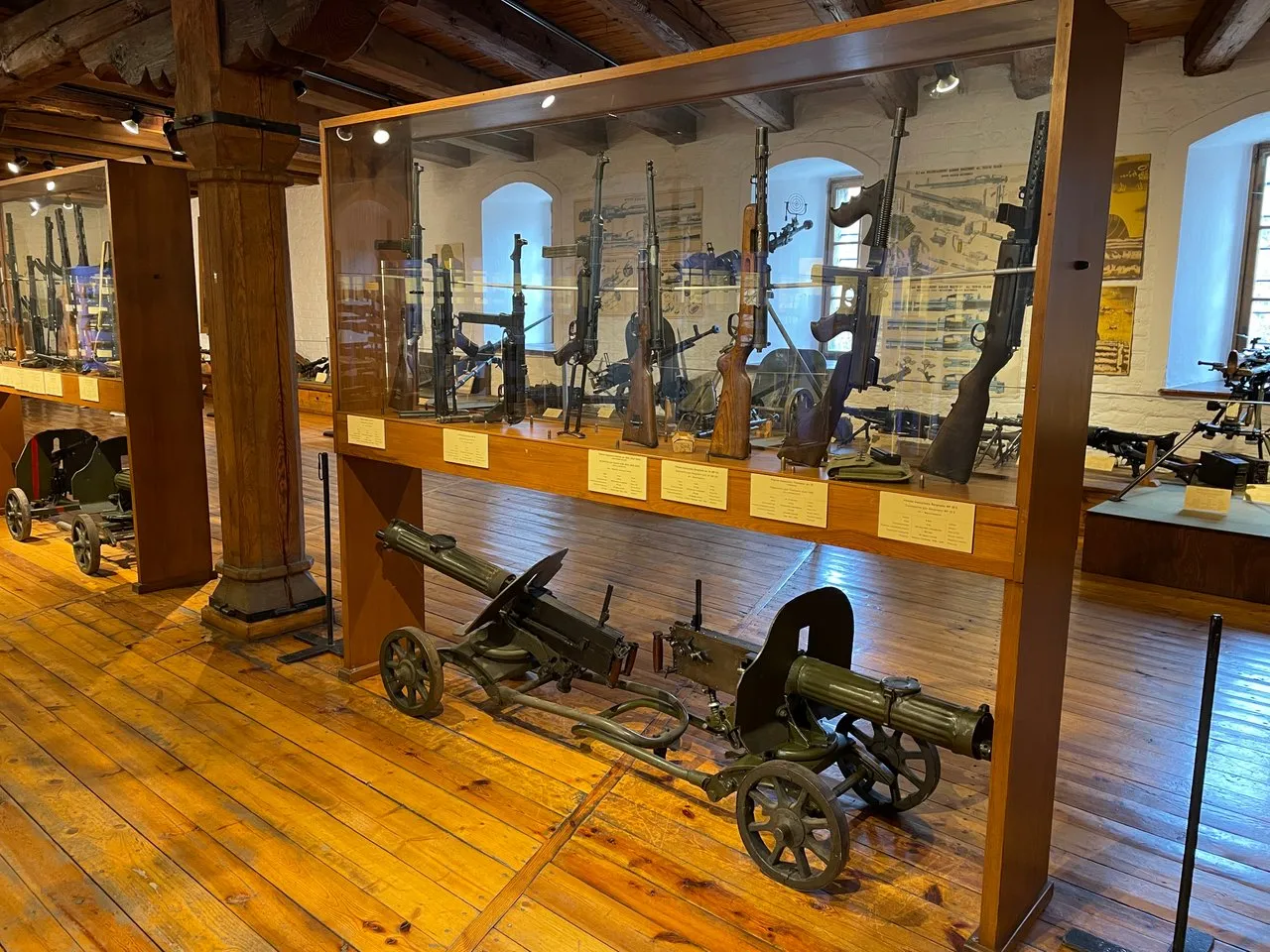

In addition to the permanent exhibition, the museum also hosts temporary exhibits on one of the side wings. The current exhibit showcases firearms from the late 17th to the end of the 20th century. Another exhibit that caught my attention was the eerie collection of hundreds of military helmets on display. On the first floor, visitors can view WWII military uniforms donated by families of Polish soldiers and pilots who served in Allied armies in Western countries or even in the Red Army.
Kromě stálé expozice věnuje muzeum jedno boční křídlo budovy dočasným výstavám. Teď v něm najdete palné zbraně z období od konce 17. století do konce století minulého. A trochu děsivou expozici stovek vojenských přileb. V prvním patře jsou pak uniformy Poláků, kteří za druhé světové války bojovali v armádách západních spojenců nebo v Rudé armádě. Darovaly je je rodiny dotyčných.
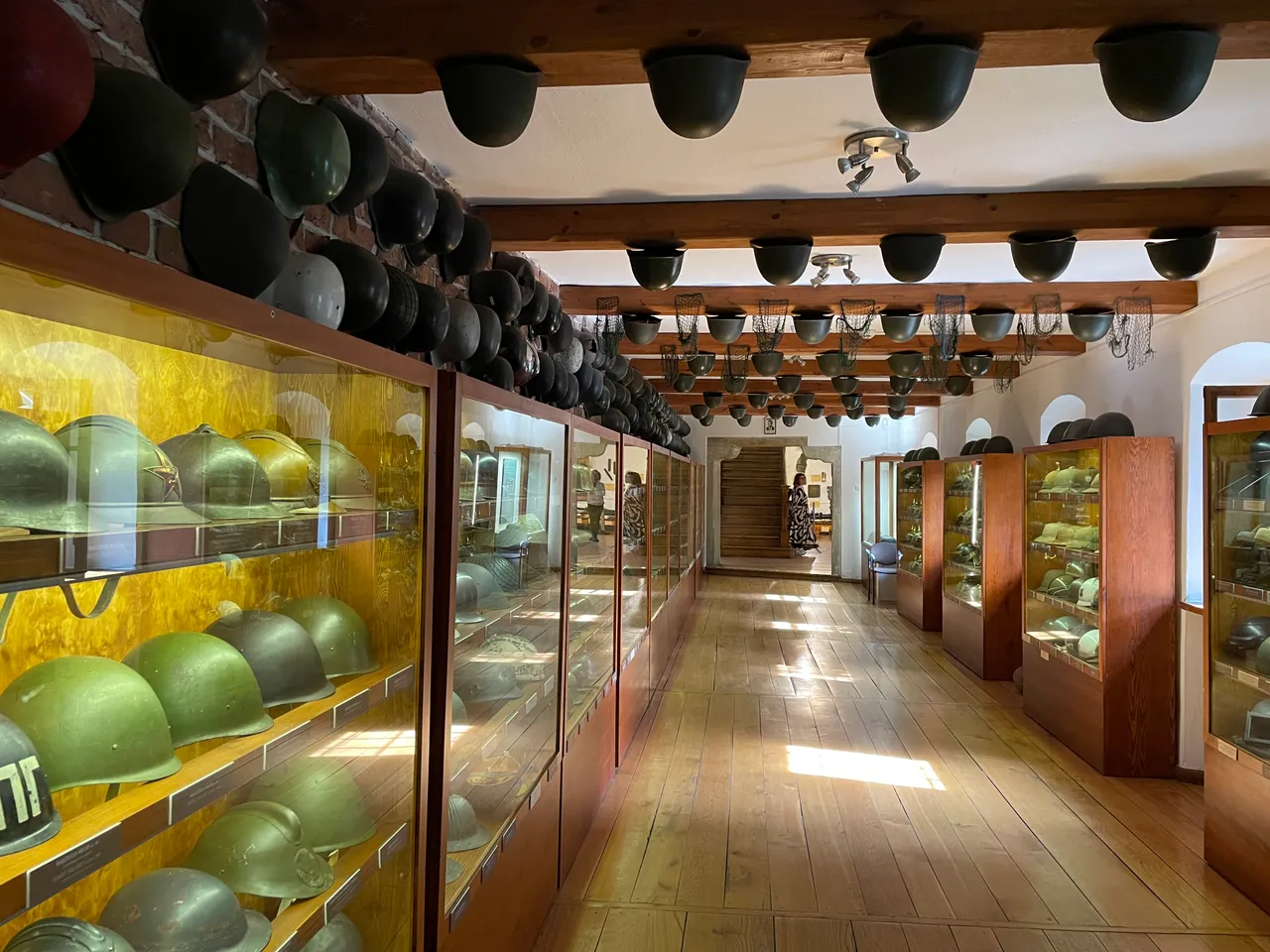
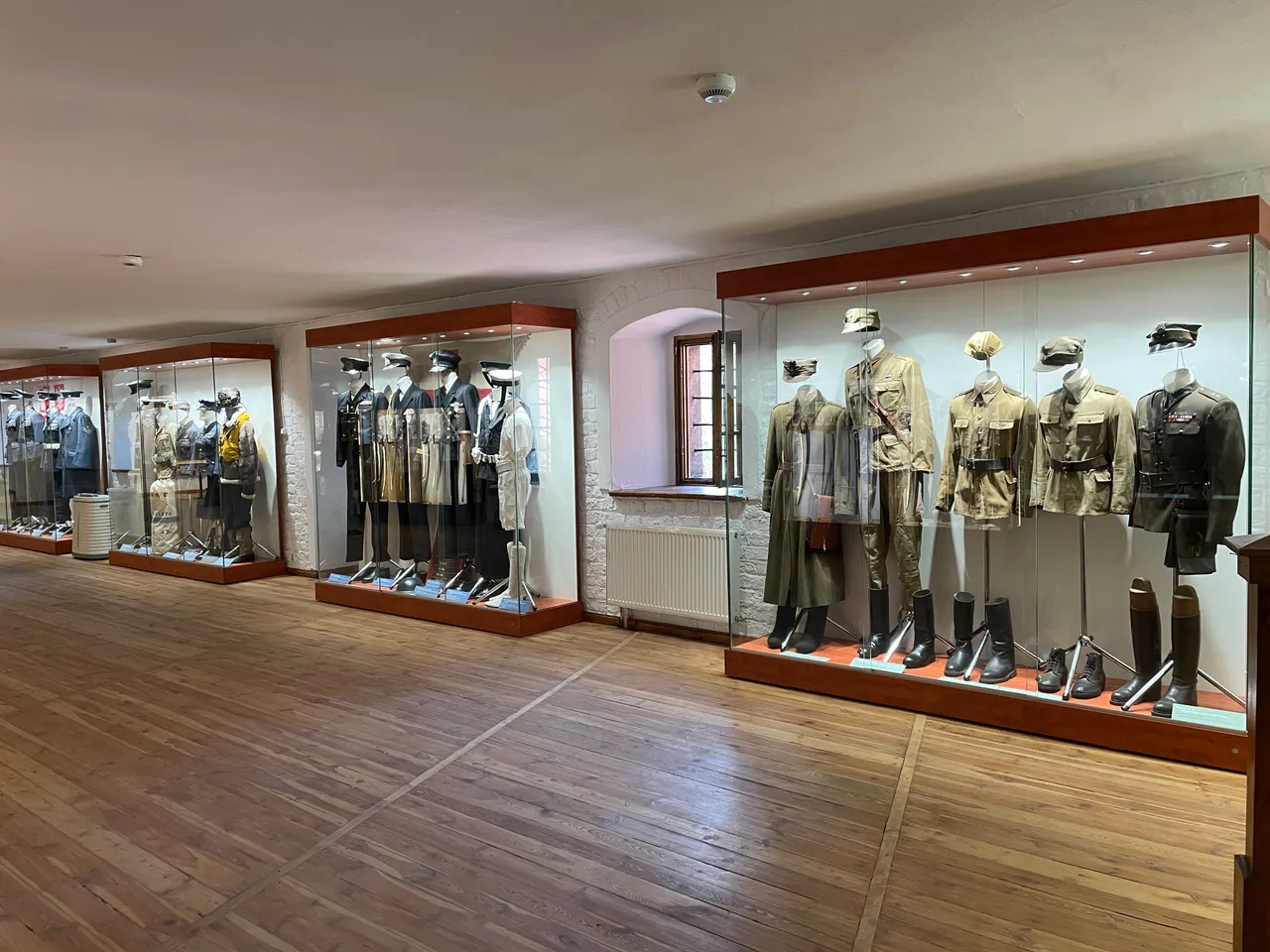
I highly recommend adding this lesser-known museum to your to-do list if you're planning to spend a few days in Wrocław. However, it's best to do a bit of research beforehand and familiarize yourself with the key moments of Silesian history, as nothing is translated into English, and no audio guide is available. Despite this language barrier, the Museum of Archaeology is worth a visit for both history buffs and casual visitors alike, especially if you’re lucky enough to schedule your visit when an event takes place in the courtyard.
Tohle méně známé muzeum by nemělo chybět ve vašem itineráři, pokud se chystáte strávit pár dní ve Wroclawi. Potěší laiky i historické nadšence. Na rozdíl od turistů z jiných zemí si navíc vystačíte s češtinou a znalostmi středoevropské historie, které jste si odnesli ze školy. Návštěva se rozhodně vyplatí hlavně ve dnech, kdy se na dvorku koná nějaká historická ukázka.
